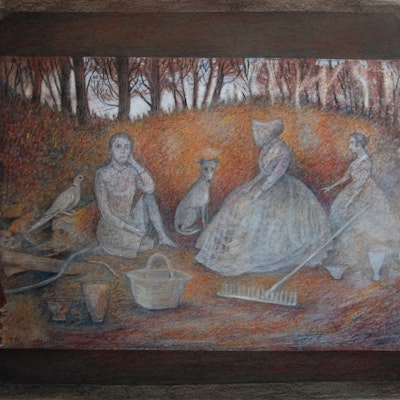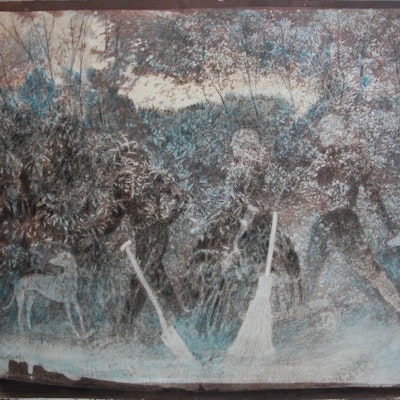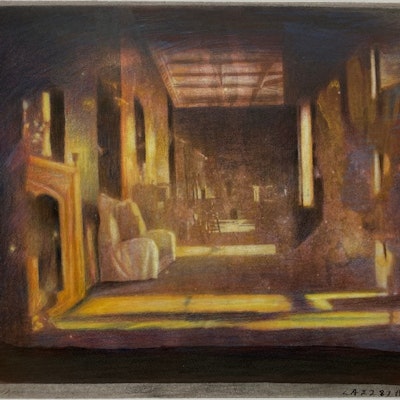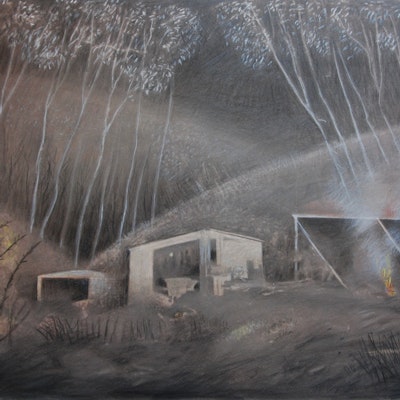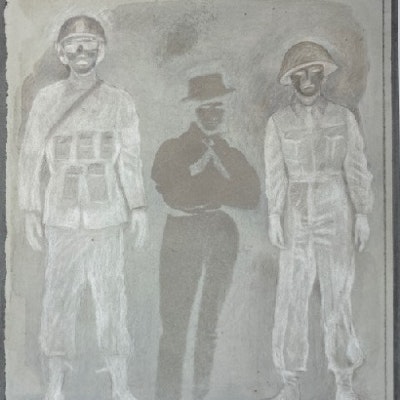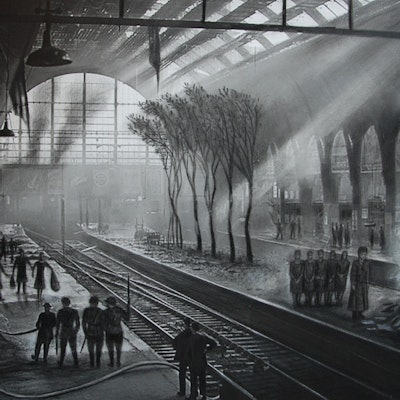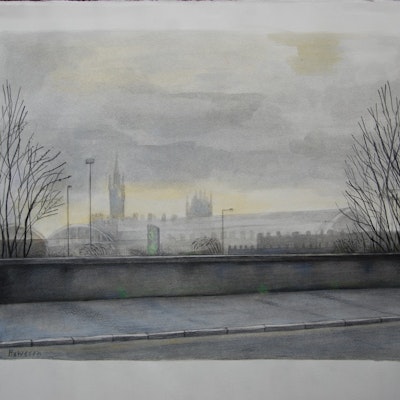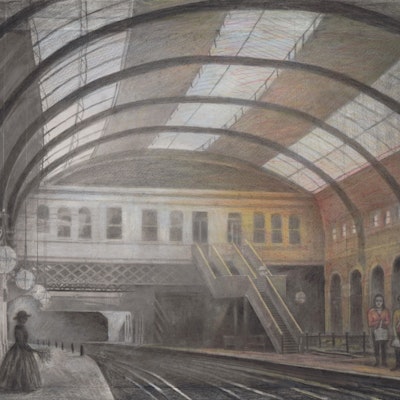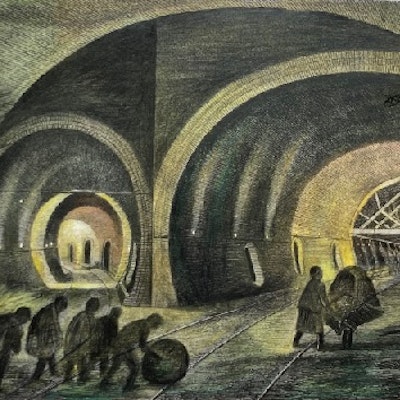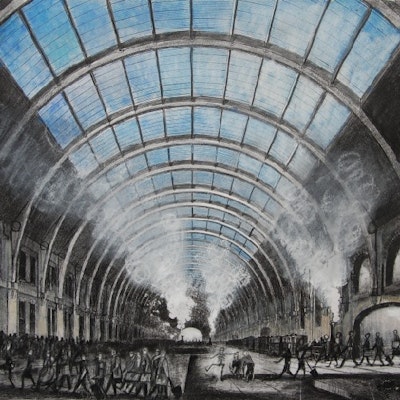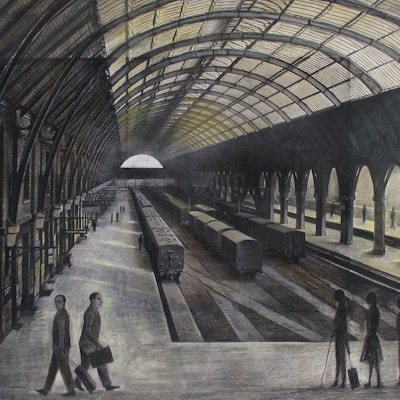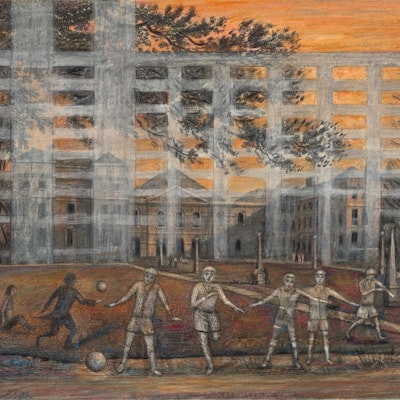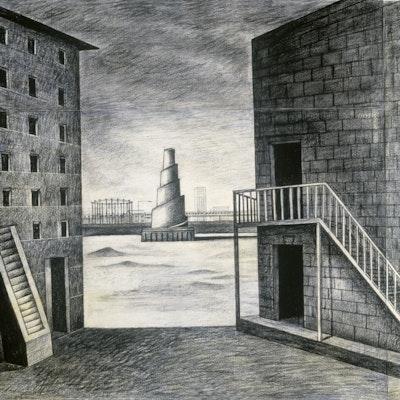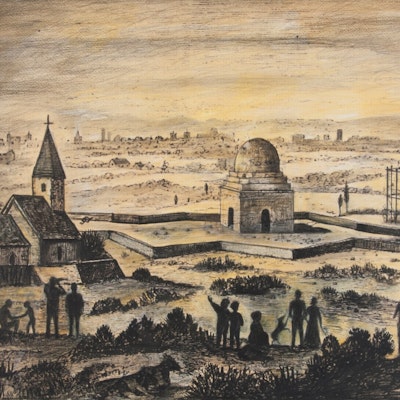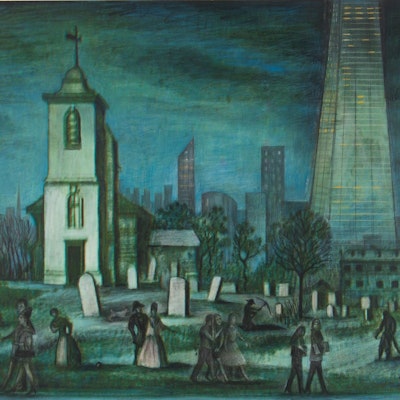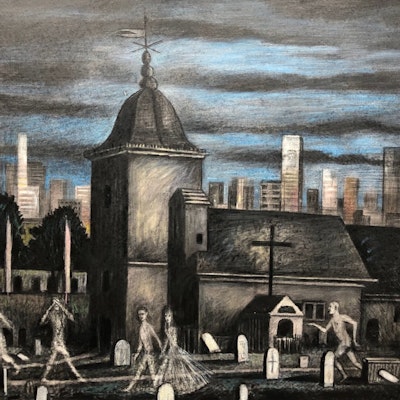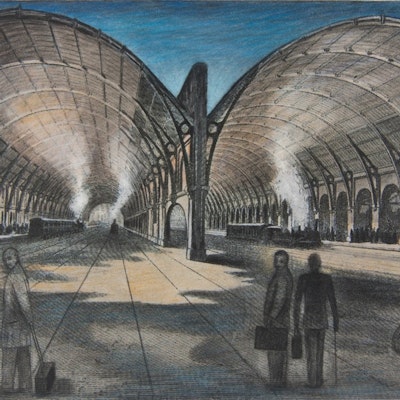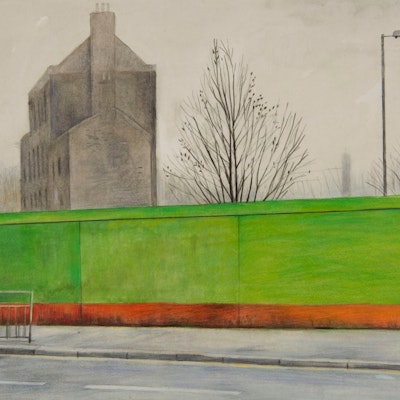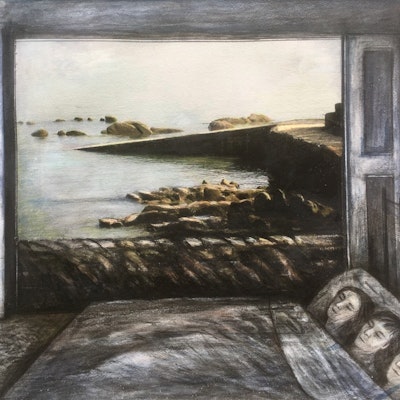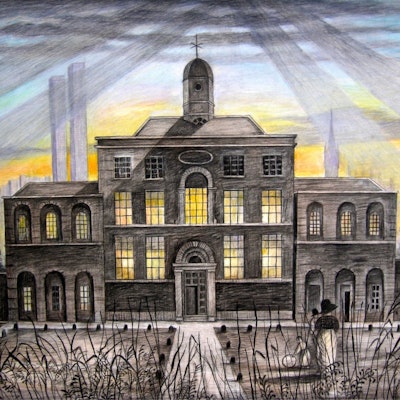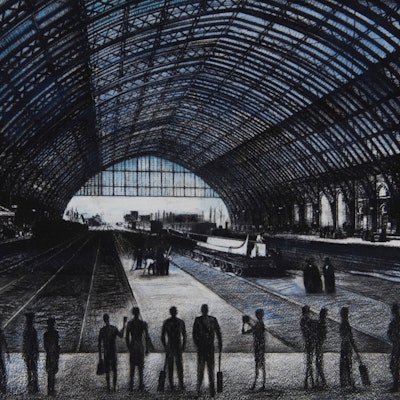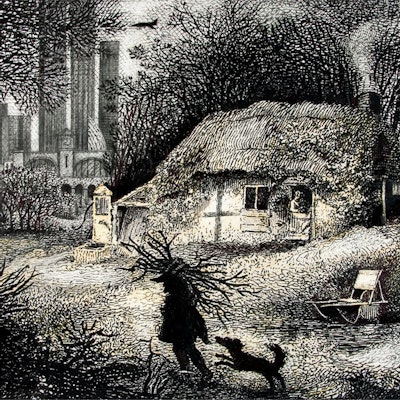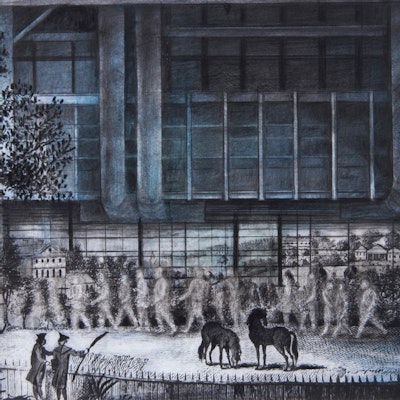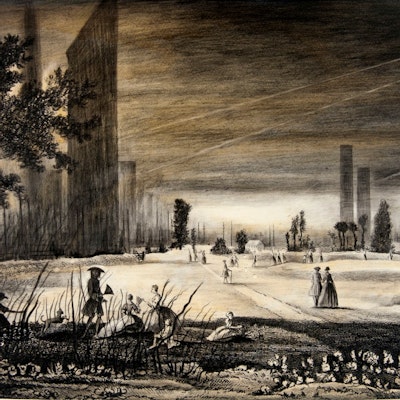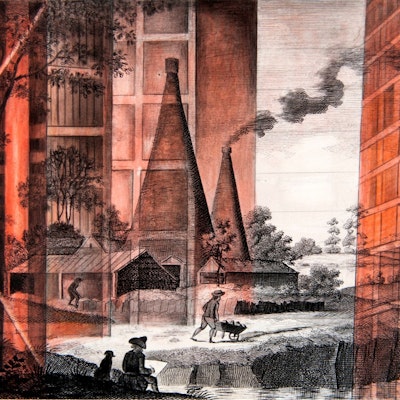Anne Howeson
ANNE HOWESON
New series : Volcanoes - AH has produced beautiful new drawings of people living ‘under’ the volcano close to her studio in Italy. The volcano presides as the people pass through. AH continues to work on her Kings X series, and has a wonderful body of work composed around her two sisters and she - childhood on the East Coast of Ireland where they meet every year.
CAREY BLYTH GALLERY Feet of Angels March -April 2023
Talk : Anne Howeson, Artist Talks Sacha Craddock, art critic and curator, & Jenny Blyth The Oxford Friends House
Text Jenny Blyth © 2023
Drawing is often overlooked, presented as sketches for finished work, a journey towards the myriad paintings or sculptures we enjoy. Rarely is it considered in its own right. But artists like William Kentridge have brought a whole new insight and appreciation to the fine art of drawing, and the different ways in which it can be expressed. Anne Howeson’s work is a truly contemporary representation of the medium. Observed with a mind fixed in politics, she reflects on the historical and the contemporary, noting intention and effect. Her desire to balance out fears for the future or the wrongdoings of the past, is manifest in an ethereal dimension that is apparent in her enjoyment of storytelling and imagination.
Feet of Angels is a new body of work responding to the photography of William Henry Fox Talbot. It is accompanied by drawings from recent years that follow through from her last exhibition Present in the Past in which she explored the transformation of Kings Cross over 300 years. Where previously she used 18th and 19th Century engravings, the new drawings are worked over Fox Talbot photographs from the Bodleian Libraries Collection, and their online Catalogue Raisonée. (https://talbot.bodleian.ox.ac.uk/)
Howeson celebrates photography, but her work is infused with narrative and dreams, peopled with characters drawn from plays and poems, perhaps a figure she has encountered momentarily. Her chosen photograph may contain much, or little of note to anyone other than herself. It is a springboard to other worlds, for transcending time as she prepares to choreograph her dioramas. After scrubbing out selected original figures and features, Howeson introduces her own players, trees and greenery. Working in gouache, conté and crayon, she brings colour to the monochrome, accentuating light and dark. Chiaroscuro adds rigour to her tableaux, and the narrative unfurls as she introduces both period and contemporary characters to a re-orchestrated landscape. Her work is complex, whether pastoral and quiet, or politically charged and pithy, it is laced with moments from beyond with which she seeks to soften the grit of reality. The overall effect is unsettling, suggesting an unearthly presence.
